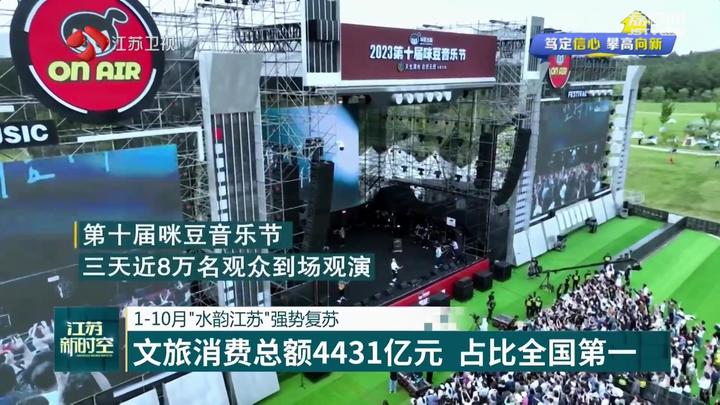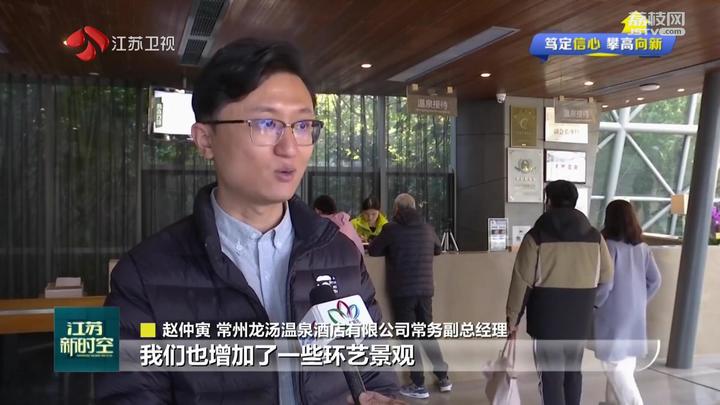
East China’s Jiangsu Province recorded a total cultural and tourism consumption of 443.1 billion yuan from January to October, according to statistics released by the provincial department of culture and tourism. Let’s take a close look.

Over the weekend, various exciting activities took turns to stage in the Zaohe Longyuncheng Scenic Area in Suqian, attracting a large number of citizens and tourists.
The Zaohe Longyuncheng Scenic Area,located at the intersection of the Grand Canal, Luoma Lake, the ancient Yellow River, and the ancient Zaohe River, is another landmark cultural and tourism project created by Suqian.
The scenic area has set up cultural and museum exhibition halls, characteristic performances, and some other projects by focusing on the theme of canal culture, while organically combining traditional culture with modern entertainment. It has gained popularity since its opening one year ago.

“We have received over a million tourists and achieved a main business revenue of 23 million yuan. During this summer, we received a daily peak of nearly 30000 people,” said Xu Sheng, Marketing Manager of Zaohe Longyuncheng Scenic Area.

From January to October, Jiangsu has continuously explored a new cultural and tourism model of "music+tourism", such as creating highly popular "Mido Music Festival", "Forest Concert" and some other characteristic cultural and tourism activities to have linked tourism, leisure, culture and entertainment into a chain, and stimulated consumption growth.

With the start of Museum Journey in the second season, more than a thousand unique cultural and museum activities have been launched in various regions. Nighttime cultural and tourism consumption has also become more active, with a series of cultural and tourism promotion activities such as "The Most Beautiful Night Here on a Brilliant Summer Night" has allowed people to deeply experience the unique charm of Jiangsu through light shows and boutique night tour routes, promoting diversified development and forming new growth engines for tourism economy.

“We have gathered regional specialty cuisine from the entirety of the five world food capitals in China. At the same time, we have also prepared many traditional time-honored brands and intangible cultural heritage delicacies with the most historical and cultural memories, creating a distinctive economy with new consumption scenarios such as night tours, night shopping, night food, night stays, night entertainment, and night competitions, promoting strong economic growth momentum through cultural and tourism integration,” said Chen Lei, Deputy Director of the Culture, Sports and Tourism Bureau of Liangxi District, Wuxi City.

To meet the needs of the public, cities such as Nanjing, Nantong, and Changzhou are committed to creating high-end urban vacation destinations that combine ice and snow sports, leisure and health care, and some other diverse formats, giving people endless imagination about winter.

“I came to this hot spring last year and felt that the experience was pretty good, so I came here again this year to bath in the spring. Especially when the lights are on at night or it snows, there is a bit of snow, which is quite good,” said a resident of Changzhou.

The latest statistics show that from January to October, Jiangsu recorded a total tourism revenue of over 1.2 trillion yuan by receiving 861 million domestic and foreign tourists. The province recorded a total cultural and tourism consumption of 443.1 billion yuan, accounting for 10% of the national total, ranking first in the country.





